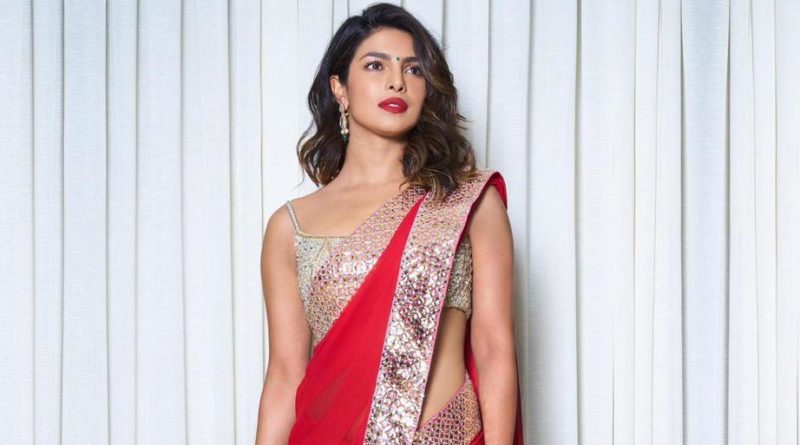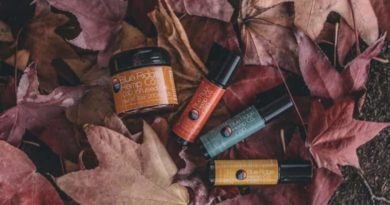Causerie in Saree – Add Elegance to Your Beautiful Saree
A symbol of elegance, pride, professionalism, heritage, culture, and opulence. Saree is the mascot of Indian traditional attire from Kashmir to Kanyakumari. We can’t imagine an Indian woman in a powerful position in any dress other than a saree. That is the specialty of that plushy cloth. It renders respect, and impressions of power to proficiency. An Indian bride wrapped inside a ravishing saree with stones attached to it along with artistic works permeated all around the cloth is what makes her a real bride. Saree is not only about elegance and heritage, but it can be an exemplar of spectacular fashion trends also. The cloth which flows around the women loosely which is made from chiffon material with stylish markings on it gives an outlook of pure style and novelty rather than classiness.
Wardrobe of Diversity
Much of the Indian states have their own uniqueness in sarees. The states and areas have their signature styles in printing, material, patterns, designs, and somewhat color. Those are influenced by the tradition, culture, and geography of that particular area. Many of the saree patterns have received GI tag status also. Let’s have an errand through the five well-known patterns selected by the Style Caret from different states.
Chikankari of Lucknow
Saree from the soil of heart of Indian history would steal the heart of all saree lovers. It was introduced by Noor-Jahan the great Mughal Queen and wife of Jahangir. Embroidery in Chikenkari is done with colored normal threads and silk threads interlaced, which makes it more appealing. Lucknow is the center of Chikankari; it is also hailed as Lucknawi Chikan. Chikankari is making an additional amalgamation of styles by adding beads and mirror work and sequin to it. Chikan works are done on fabrics such as silk, cotton, chiffon etc.
Phulkari of Punjab
The Punjabis have their own approach from dining to dancing. Their saree styles also follow the same. Phulkari means flower work. The Phulkari is done mainly on cotton cloth with silk threads, which gives it a pleasant look.
Chanderi of Madhya Pradesh
A saree pattern from the Madhya Bharat has been echoed to the nook and corners of the country. Chanderi Sarees are made mainly from materials such as silk and silk cotton. Traditional artworks such as peacock, traditional floral styles and other patterns are used in the saree for attracting viewers. The silver and golden lacing in the saree makes it one of the best in India and provides an opulent look to the woman who wears it.
Kanjeevaram of Tamil Nadu
Similar to the deciduous forests in Tamil Nadu, its saree pattern also follows the glazing look with underlain strength. Mulberry silk thread is the material used for it. Contrast borders with much breadth make it more attractive than other silk sarees. Temple borders and other traditional patterns of design are found all over the Kanchipuram sarees. What makes it unique is the detailing of design works and the intricacy of weaving.
Kasavu of Kerala
Kerala, the god’s own country has the pristine pattern in saree style also. The white cloth with golden lacing gives it a godly look. The one who wears it seems to be elegant as well as veritable. It’s the amalgamation of opulence, beauty, and purity.
Some Saree Quips
When, what and how to wear a saree to steal the show. If you want the spotlights upon you follow these tips.
If you are going for a marriage or a similar occasion, if you are able to wear temple jewels then your primary option should be Banarasi Silk or Kanchipuram silk sarees, which would nicely blend with your physique. If the occasion is more of an informal one like friends get together or a late night reception then the Assam silk saree could be taken out of your wardrobe, as it is easy to wear and it can be worn for long hours. In traditional family functions and occasions where elegance is given more priority, the expected choice would be Patola sarees due to its perfect combination of design detailing and variant and explosion of colors on the saree. Patola sarees echo the ethnicity. Bomkai sarees are one of the inevitable festive wear, with the sophisticated weaves along with the dexterous thread work. If you want to blend in with the group at the same time wanted to catch the eye of everybody in the hall make yourself wrap around a Khadi. It renders you elegance and simplicity, a rare combination.
Blouse: Stand apart or stay apart.
It is not simply the 6 meters, which make us stand out the small part which covers the torso has an inextricable role in grabbing the attention. Even if the saree is mundane and lusterless, a blouse with real beauty can allure the people towards you. The stitches, the neck cut and embroidery are the main factors of a perfect blouse. U, boat neck, round, high neck, square, Chinese collar, and now latest trendy models such as – crop tops, one side shoulder blouse, jacket style, back button blouse are also high jacking the fashion world. Earlier the combination colors were popular but now saree and blouse follow a mix-and-match pattern. The contrasting colors of saree and blouse are in the spotlight. StyleCaret exhibits different trendy patterns of saree-blouse duo combinations on their website.
For Indians Saree is not just a garment. It is a token of their rich heritage and culture and a proclamation of their status. It has an underlined meaning and an implicit expression. Saree would often speak for the lady around whom it is wrapped. It tells others who she is what she is and prowess she possesses. Saree is becoming the new staple dress of Indian women. Saree is now available for all age groups starting from four. The global popularity of the lengthy garment is elevating day by day. Indian Sarees are going to be the center of attraction in the ramps of Paris and Milan.




